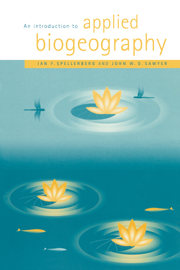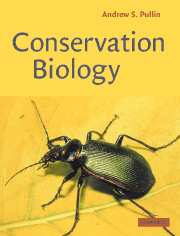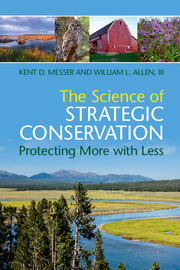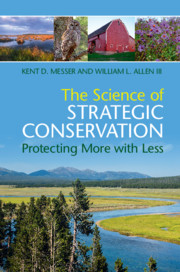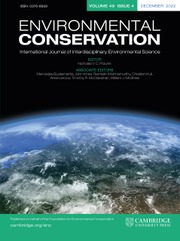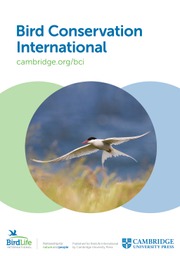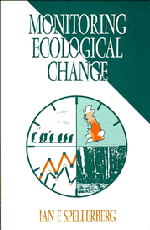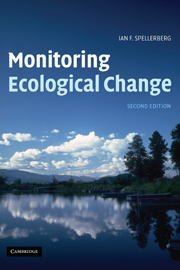An Introduction to Applied Biogeography
Biogeography is about the geographical distribution, both past and present, of plants, animals and other organisms. In this undergraduate textbook, Spellerberg and Sawyer bring a modern approach to a developing subject, writing in a lively and sometimes provocative manner. Throughout the text, the authors emphasize the applications of biogeography to conservation management, economic production, environmental assessment, sustainable use of resources, landscape planning, and public health. They discuss applications of island biogeography in conservation, the concept of wildlife corridors, the analysis of biogeographical data, and the role of humans and their cultures in biogeography. The applied approach of this textbook, along with its numerous illustrative examples and figures, make it a unique introduction to the field for many geography, biology and environmental science students.
- Emphasis on applied aspects rather than purely descriptive
- Chapters on data collection, storage and analysis
- Examples from around the world and includes cultural aspects of biogeography
Reviews & endorsements
"It is organized meticulously, written clearly (with an occasional flash of wry humor), offers well-chosen illustrations and examples drawn mostly from the authors' experience...Readers will come away with an enhanced appreciation of the role of biogeography and the power (and limitations) of the analytical tools it brings to environmental management" Environment
"Resource managers, conservation biologists, ecologists, and students of these fields will find this book valuable, and it will undoubtedly become assigned reading in many college courses." Wildlife Activist
Product details
February 1999Paperback
9780521457125
260 pages
234 × 158 × 14 mm
0.37kg
53 b/w illus. 38 tables
Available
Table of Contents
- Foreword Tony Whitten
- Preface
- Acknowledgements
- 1. Biogeography: the nature of the subject, its history and its applications
- 2. Patterns of distribution and biogeographical classifications
- 3. Islands
- 4. Geological, evolutionary and human impacts on biogeography
- 5. Ecological patterns and types of species distribution
- 6. Biogeographical information: collection, retrieval and application
- 7. Habitat fragmentation
- 8. Biogeography of linear landscape features
- 9. Future developments
- Appendix I. Glossary
- Appendix II. Addresses of relevant organisations
- Index.

